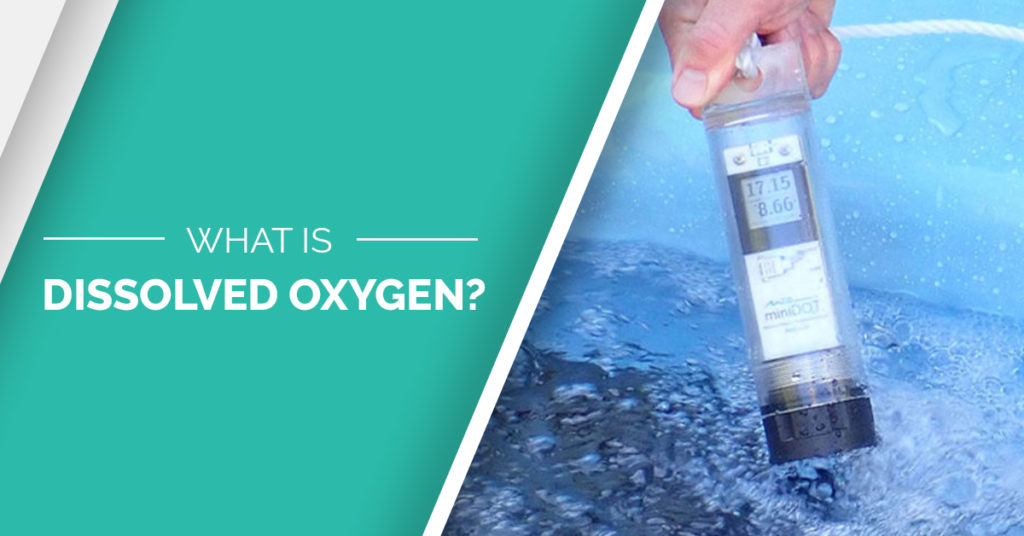
PME’s miniDOT® logger Aids Researchers in Dissolved Oxygen and Temperature Monitoring
September 13, 2022
Why is Water Temperature Important in Determining Water Quality?
September 21, 2022Dissolved Oxygen (DO) is a measurement of how much oxygen is dissolved in water. This measurement, along with temperature and pH, can tell us a lot about water quality.
Oxygen is vital to all complex life, so it is crucial that scientists can measure accurate dissolved oxygen levels when determining the health of aquatic environments. Dissolved oxygen in particular is an important environmental component because oxygen must be dissolved before it can be of any benefit to water-dwelling organisms such as fish, crustaceans and even some species of algae.
What Can Dissolved Oxygen Tell Us About Water Quality?
DO is an accurate measure of water quality as it is indicative of an aquatic body’s ability to support aquatic life. Dissolved Oxygen levels that are too high or too low can harm aquatic life and cause aquatic environments to “die”. Typically, levels of DO are measured with a calibrated dissolved oxygen measurement instrument, usually in addition to water temperature and pH levels.
How Do Dissolved Oxygen Levels Change?
Dissolved oxygen levels rely on two major factors: atmospheric pressure and water temperature. When water pressure increases, DO levels also increase. In contrast, when water temperature increases DO levels decrease.
Oxygen can be dissolved in water through different processes, such as atmospheric pressure forcing oxygen into the water until it’s fully saturated, or more mechanical means such as waterfalls mixing air into water through force of motion. If mechanical processes are not present then aquatic organisms may absorb the oxygen faster than can be dissolved through atmospheric pressure. Since fish require varying levels of oxygen to survive, this shift in DO can result in the death of fish in the area. Generally, most fish species can grow and thrive within a range of 5-12 mg/L. If levels drop below 4 mg/L, fish may stop feeding and become stressed. Implementing instruments that can measure DO levels in aquatic environments can help to recognize these fluctuations and help researchers to implement species conservation plan in low DO areas before it becomes a major problem.






